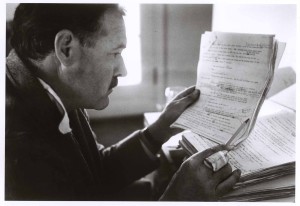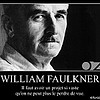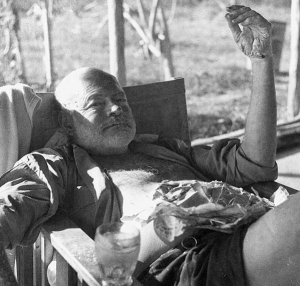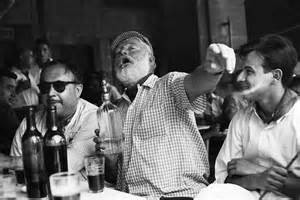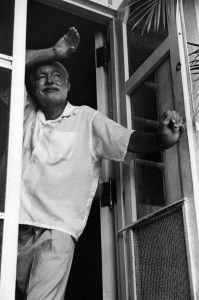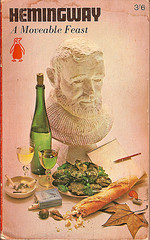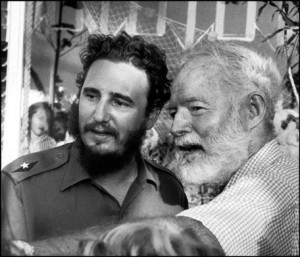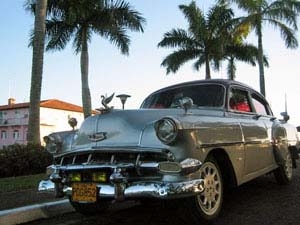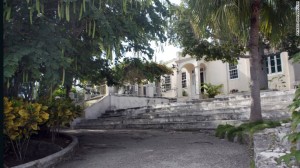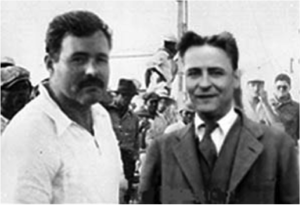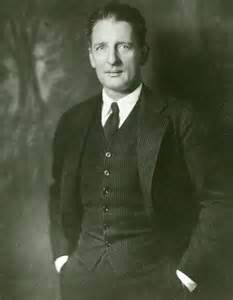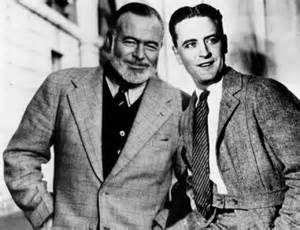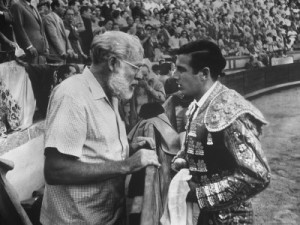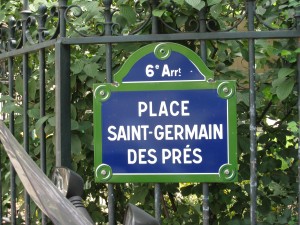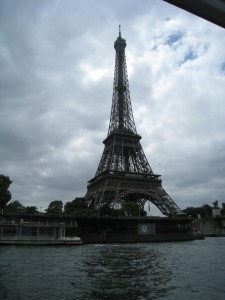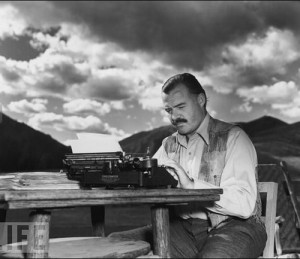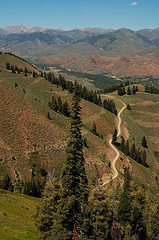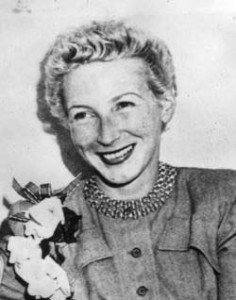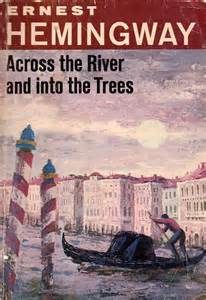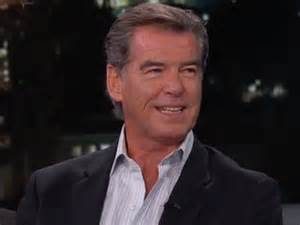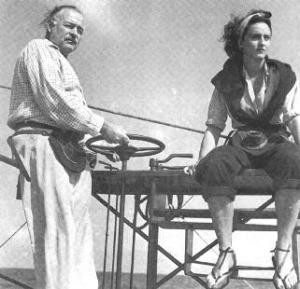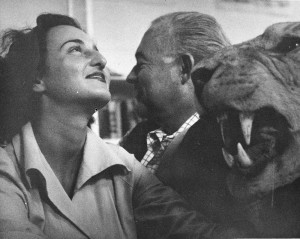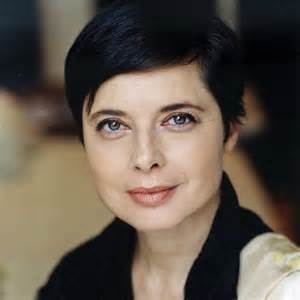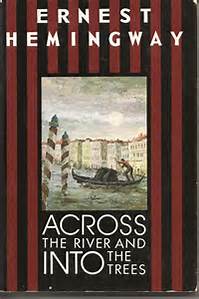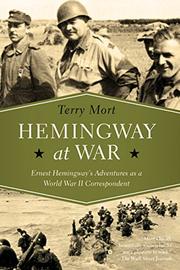
David Hendricks published a review of a new book by Terry Mort, Hemingway At War. He found much to admire. I’ll quote directly from the review:
“The two key words in Terry Mort’s new book—“Hemingway” and “War”—carry equal weight. Although Hemingway is the hook for most readers, Mort’s book has long stretches about World War II that have little to do with the Nobel Prize winning novelist who was also a correspondent in Europe for Colliers Magazine. That’s not a bad thing. Mort’s buildup to the D-Day invasion at Normandy and the allied forces liberating Paris and their deadly struggle to cross into Germany is fascinating.
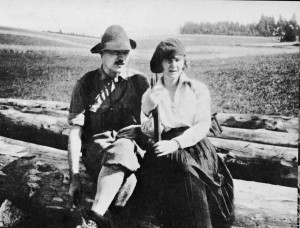
“The Hemingway narrative in the book starts with his romance and marriage to another war correspondence, Martha Gellhorn, Hemingway’s third wife. Hemingway himself engaged in the war while living in Cuba as World War II began, patrolling the Cuban shores to hunt down German U-boats. This period was fictionalized in Hemingway’s Islands in the Stream. Gellhorn left Hemingway in Cuba to report news in Europe, a move he ultimately followed in 1944 in time for D-Day. Mort alternates between the war and Hemingway’s exploits as a war correspondent.
“He also follows the novelist as Hemingway’s marriage to Gellhorn dissolves and he romances Mary Welsh, yet another foreign correspondent who became his fourth wife.


“Mort does not idealize Hemingway and the main point of the book’s first half is to demonstrate that Hemingway was a poor war correspondent, at least in comparison with others such as Ernie Pyle, Edward R. Murrow, and Walter Cronkite.

“He did show bravery in certain episodes and suffered several head injuries. Hemingway actually landed with allied troops on D-Day at Omaha Beach, certainly a courageous act.
“Hemingway At War, demonstrates a trend that seems to have no end—that as meritorious as some of Hemingway’s novels are, it is his vigorous life and outsized personality, more than his books, that provide continuous grist for interesting history books.”

So, I would say that Mr. Hendricks enjoyed the book and feels that it added to the Hemingway legend and full involvement in the second war.
Kirkus felt it was too short on facts. So take a look and you decide.
Hemingway At War: Hemingway’s Adventures as a World War II Correspondent, by Terry Mort.


